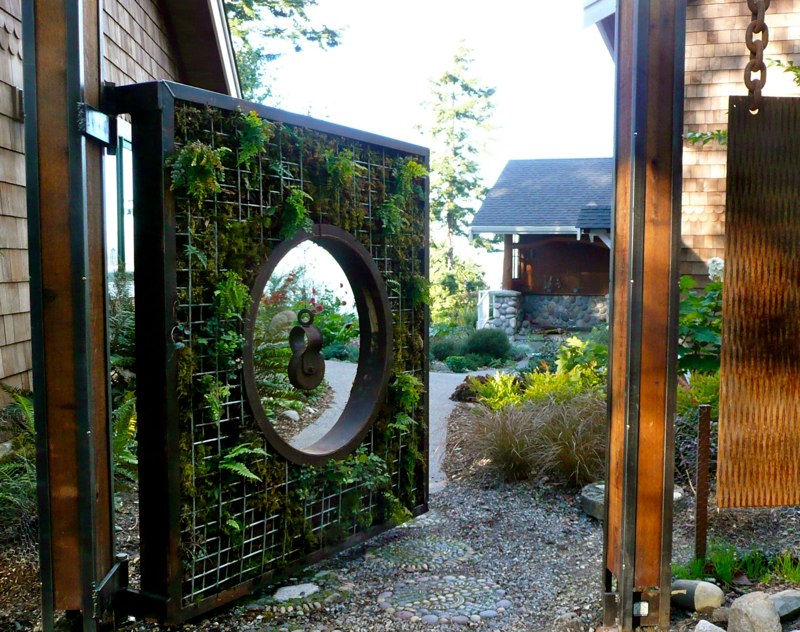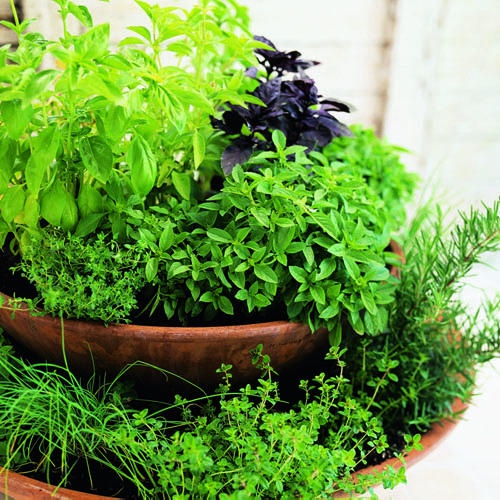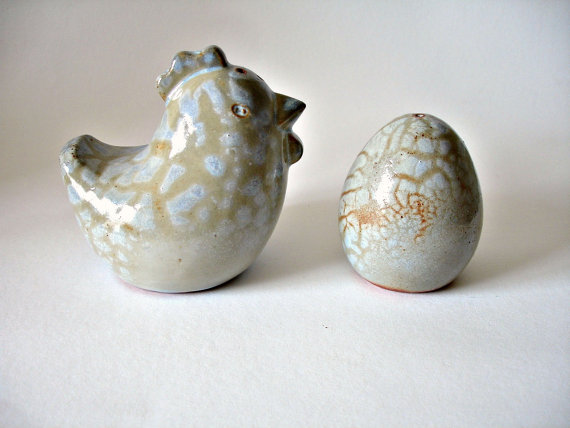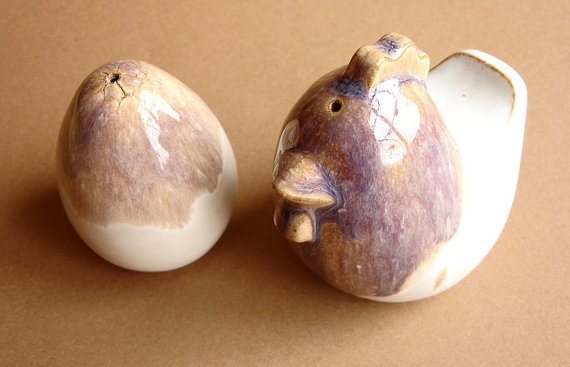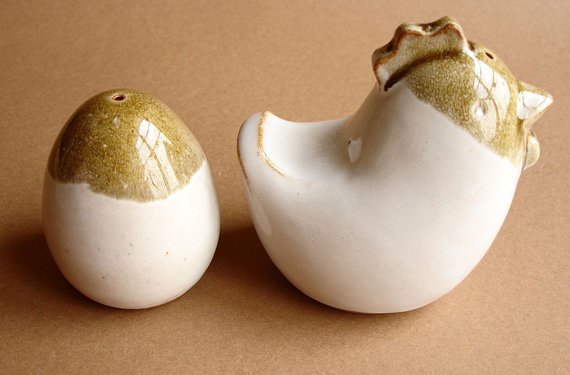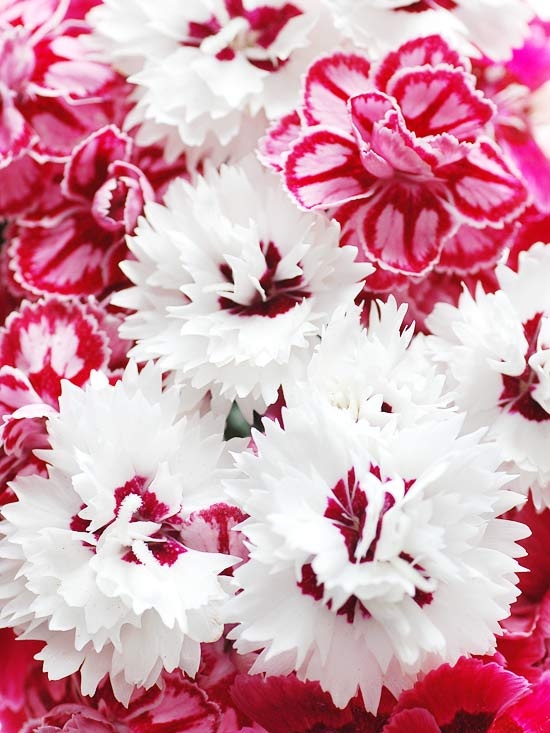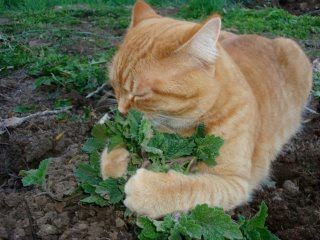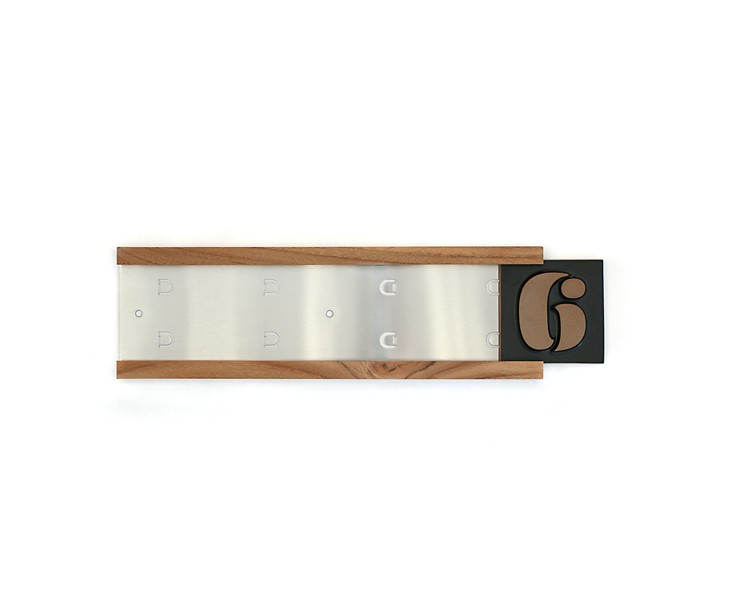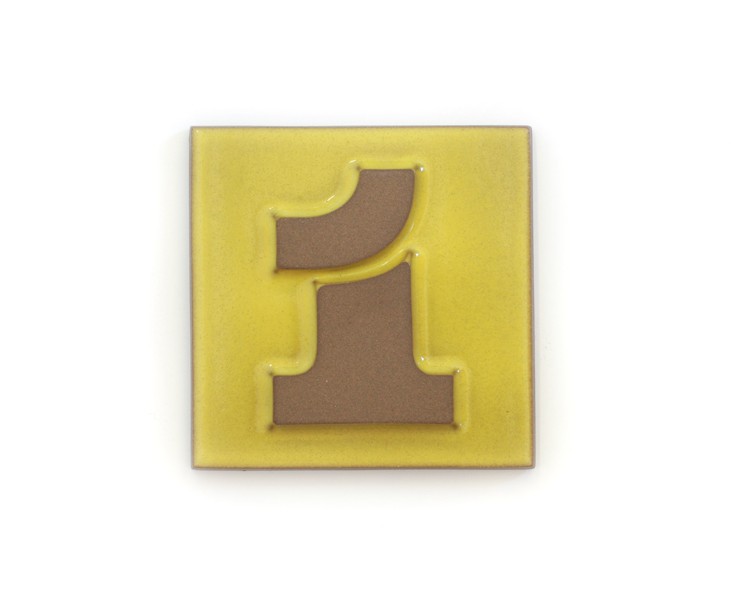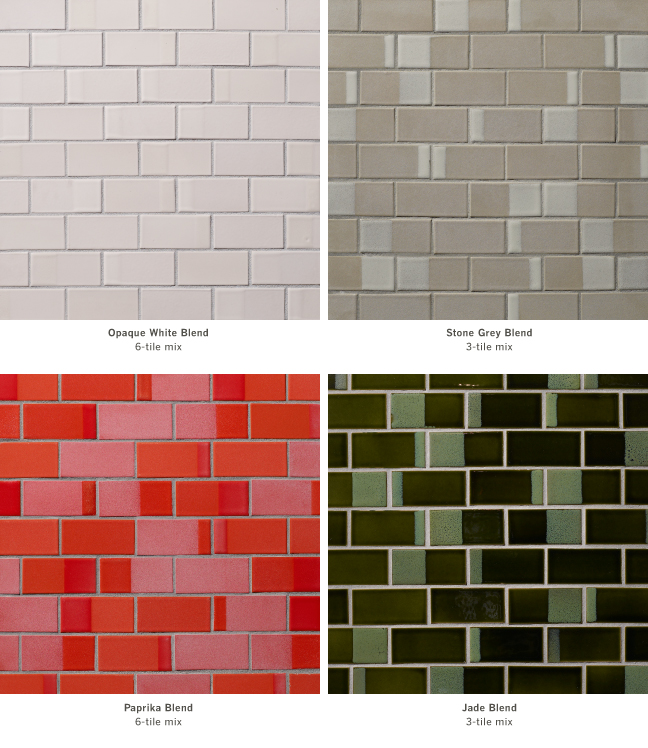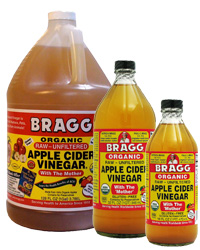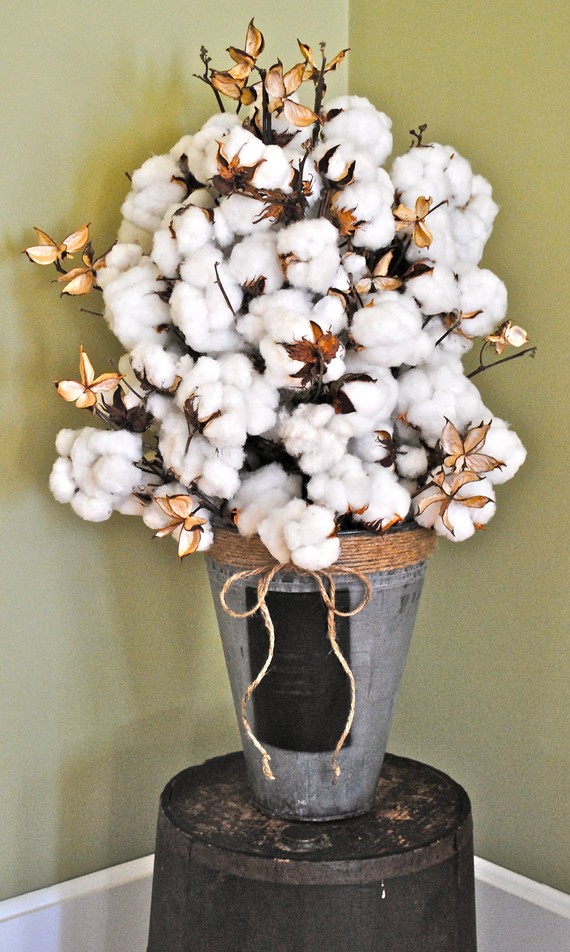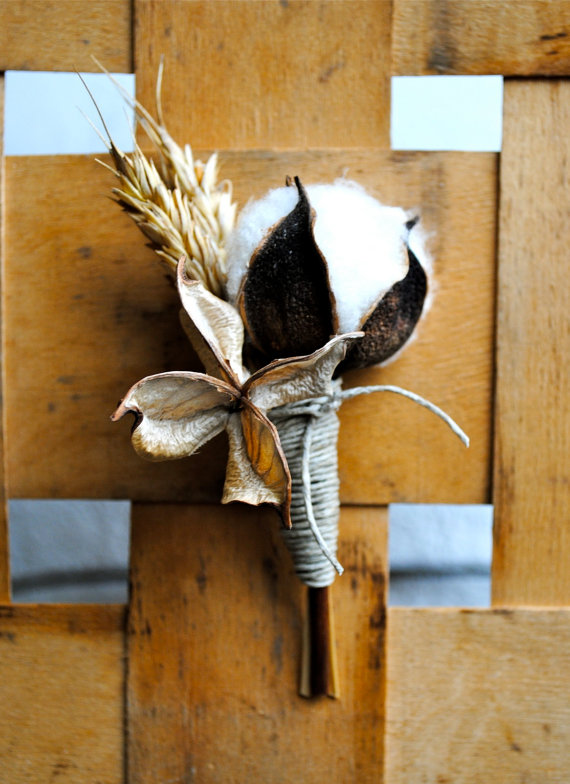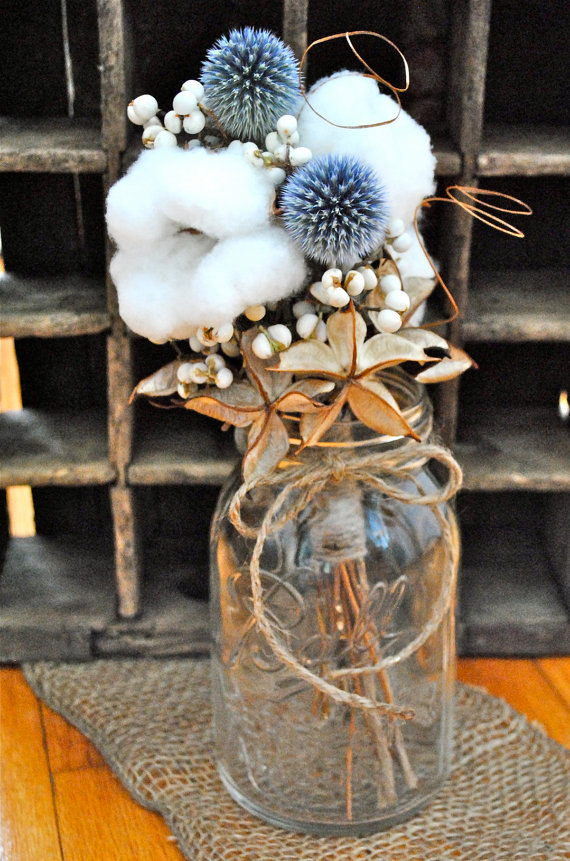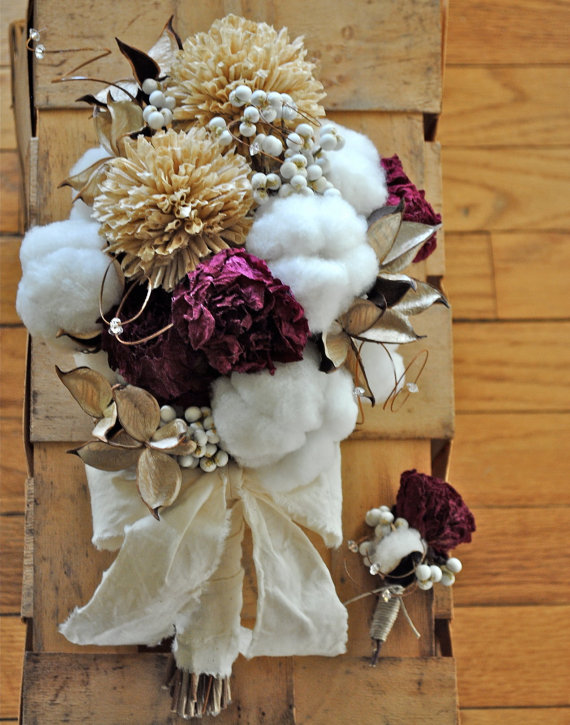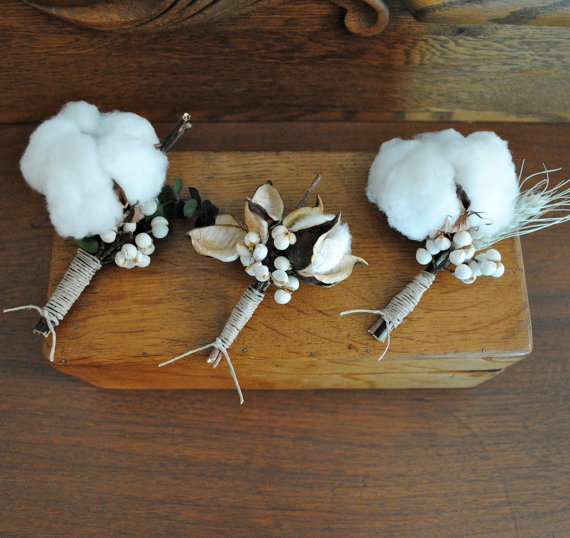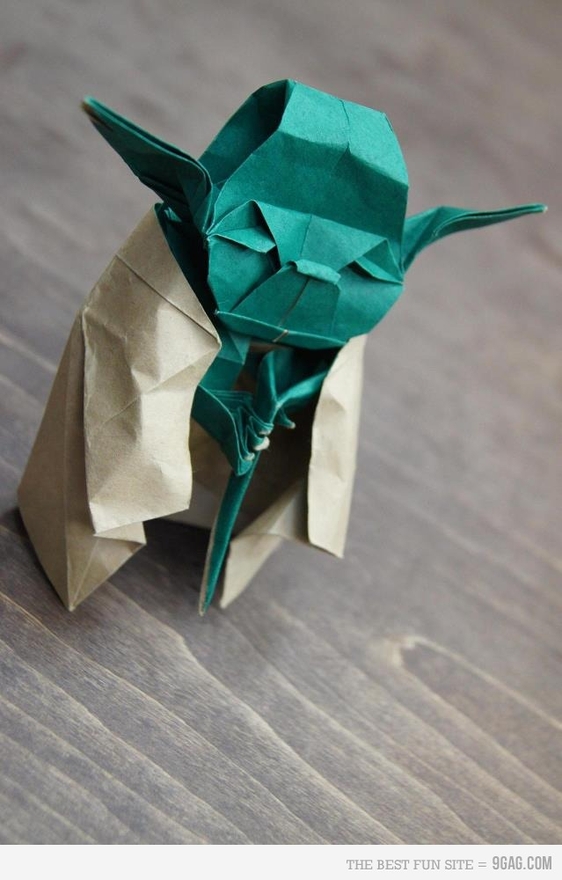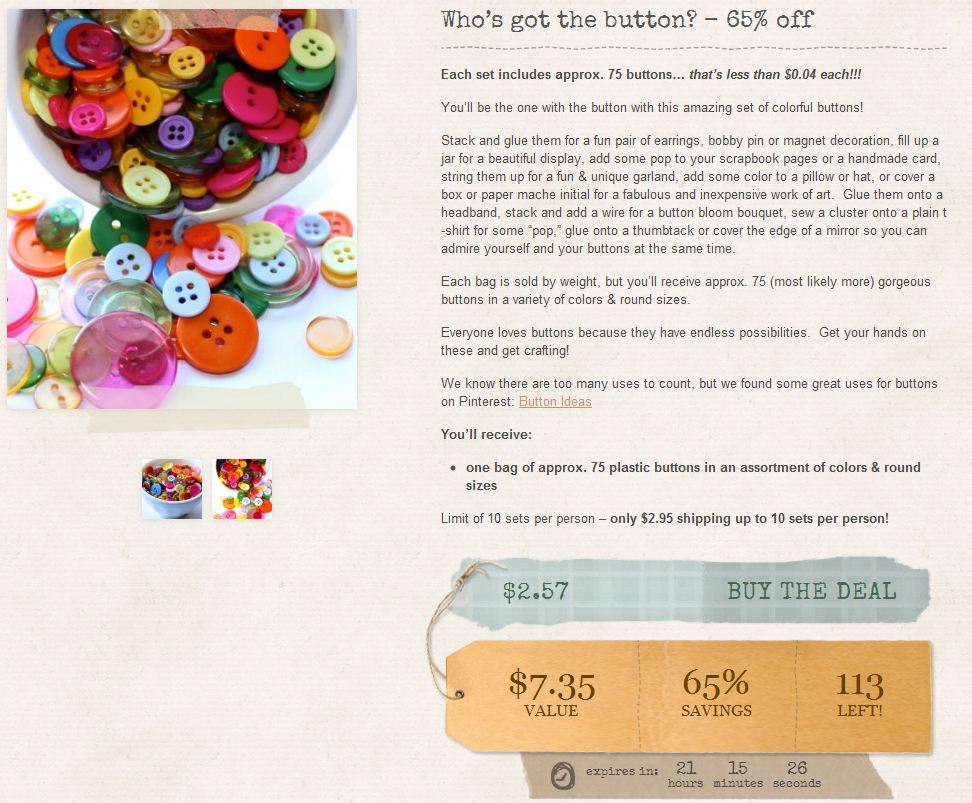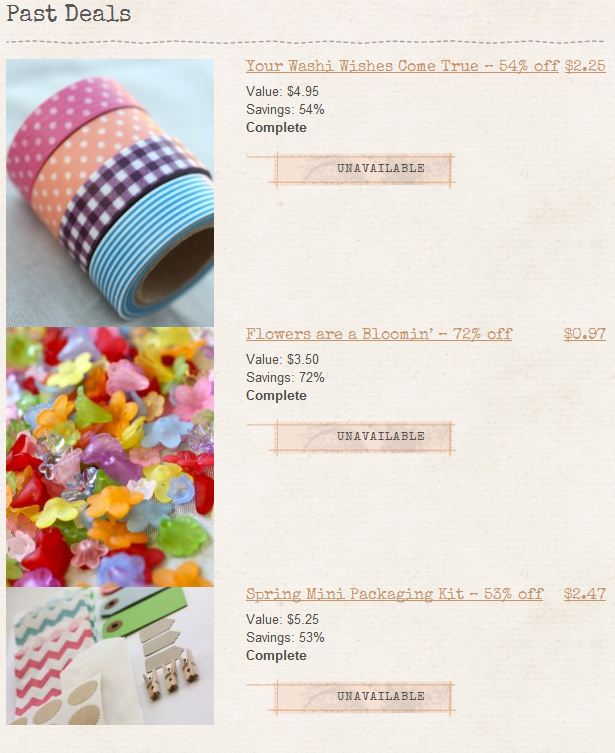Here in Texas we are quickly approaching Summer and that means you need to stock up on electrolytes for your girls. Chickens will die if they are too hot. If you see your chickens panting, they are too hot. Go ahead and offer them regular cold water, and another container of "chicken-aid". I mix up a gallon every night before bed and keep it in the fridge.
Here are some other tips to keep chickens cool! I use ALL of the below methods together all summer long and I don't have a drop in egg production. If your not lazy, the chickens wont be either...
Heat:
Shade every animal should have plenty of shade to get into on hot days.
Ice in drinking water keeps the drinking water cool and helps lower body temperature.
Frozen water bottles chickens can lay against these to keep cool. Use larger 2 liter or gallon jugs to last longer before needing refreezing. Put a towel over them for chicks that are not fully feathered.
Wading pools fill inexpensive kitty litter trays with water for chickens to wade in. (this can make a huge difference)
Fans fans can be used, but keep in mind the dangers of chickens and fan blades.
Misters a mister is a system that shoots a fine mist of water into the air to cool the air. This works best in dryer climates and can be used in the run, in a shady spot, or in the coop so long as you are aware that it might leak a bit and cause wet bedding.
Electrolytes if a chicken suffering from heat becomes lethargic, treat with electrolytes. Powdered electrolytes can be purchased from feed stores and veterinary suppliers. Store bought electrolyte drinks can be used but have a high sugar content. Pedialyte, found in the infant food aisle is better than Gatoraid because it is lower in sugar content.
Cold Watermelon is a great treat to keep the ladies cool.
My tractor supply doesn't have a lot of chicken medication, so here is a great website for buying chicken health supplies!

While we are on the subject, I found this great "feed" of information at the backyard chicken website. I added it to mine so I can quickly reference it!
Re-blogged from backyard chickens.com
NOTICE: These are not necessarily veterinary recommendations. These are simply treatments that have worked for those recommending them. Use them at your own risk. Whenever possible/feasible, please seek the advice of a livestock or avian vet. Also, this list is a light general reference and not a comprehensive guide to the medicinal needs of chickens.
If your flock is suffering an unidentified illness, contact your local extension office for information regarding testing. Knowing what you face gives you the power to make the best decisions regarding your course of action.
I recommend having sterile gloves (nitrile or latex) for handling wounds and medications.
Contents of This Post
Poultry Medications
Vaccination Information
Wound Care
Pain Relief
Stress Relief
Minor Burn Care
Respiratory Illness
Eye Care
Eye Worm
Coccidiosis
Foot and Leg Problems
Mites, Lice, Fleas
Heat
Pasty Butt (Blocked Vent)
Impacted and Sour Crop
Wry Neck (Crooked Neck)
Worms
Normal and Abnormal Poops
Avian Diseases Transmissible to Humans
Pressing the ctrl and f keys at the same time will give you a search box where you can enter any of these terms to find them below more easily.
Poultry Medications
See here for a pdf list of medications for avian use, what they treat, and problems that may arise from their use.
**WARNING ABOUT MEDICATIONS**
Many medications have a withdrawal period. Do not eat eggs or slaughter for consumption during the withdrawal period. Click here for a pdf list of withdrawal periods for many medications. Also, be careful to read the label for any medication you give your animals.
Vaccination Information
Click here for an excellent page at the University of Florida IFAS Extension regarding vaccinating small flocks.
Wound Care
Saline for flushing wounds to clean them of debris. Can be applied with the large droppers you get in the infant section for dosing medication or with a large, needleless syringe. Saline can be purchased by the bottle at some pharmacies or as eyewash kits, though the eyewash kits are often more expensive and do already come with an ideal attachment for dispensing.
Vetericyn topical wound treatment labeled as safe for birds and safe for animals to lick. See the Vetericyn website and the drug label information for more information.
Neosporin topical first aid ointment for wound treatment. Can be used on eyes.
Honey - honey can be applied directly to infected wounds and covered. Honey has natural antibacterial and healing properties.
* Some have recommended Blu-Kote and use it without issue, however, the label states not to allow the animal to lick it and states that it is not for use on food producing animals. See here to read the label information. Also, it does produce blue staining.
Vet Wrap - this is a bandage that adheres to itself and is great for wrapping wounds. It is basically the same stuff as an Ace self-adhesive wrap bandage for humans but comes in a larger variety of sizes and colors and generally costs less.
Styptic powder use to stop bleeding in cases where direct pressure may not be a viable option. Flour can be used as a styptic powder or you can buy styptic powder at most pet stores (they carry it for nails cut too deeply). Kwik Stop styptic powder is labeled for use on birds.
Therapeutic grade oregano oil natural general purpose antibiotic for use on external bacterial infection. Does not create resistant bacterial strains like synthetic antibiotics do. Some reports indicate it can be used internally as an effective natural antibiotic, as well. Must be therapeutic grade.
Duramycin-10 (tetracycline hydrochloride) broad spectrum antibiotics for use in chickens and other livestock. See the drug label information for dosage and usage information. When antibiotic treatment is complete, feed plain yogurt or buttermilk to restore good gut flora.
Pain Relief
Aspirin - for pain relief. Dosage is approximately 25 mg per pound of chicken's body weight each day (A standard baby Aspirin is 80 mg, and a standard adult Aspirin pill is 325 mg). This information is from the Poultry Podiatry website. Warning: aspirin thins the blood and should not be used if internal bleeding is suspected or in cases where a wound will not stop bleeding.
Stress Relief
Bachs Rescue Remedy a mixture of flower extracts that have a calming effect. Find it at Whole Foods or online. Rescue Remedy has an effective calming effect that can be used to calm stressed or injured animals. Is also effective for people.
Minor Burn Care
Aloe Use to treat burns - ideally directly from an aloe vera plant. Simply cut or break an outer leaf off and squeeze the juice out. Smear or drip onto the burn to sooth and aid in healing. Works great for humans, too, but do not use on cats (aloe is toxic to cats).
Respiratory Illness
See here for comprehensive information from the University of Florida regarding respiratory illness in poultry. This site from the American Poultry Association also provides information on respiratory illness in poultry.
Oxine without activator! Use as disinfectant or in humidifier/fogger to treat respiratory illness. Use to clean coop surfaces after pest infestations such as mites and lice. Add to water to discourage slime growth. Can be used with activator to thoroughly disinfect EMPTY animal houses (do NOT use activated Oxine around animals). See this link for more.
Humidifier or fogger for treating respiratory illness with Oxine.
Duramycin-10 (tetracycline hydrochloride) broad spectrum antibiotics for use in chickens and other livestock. See the drug label information for dosage and usage information. When antibiotic treatment is complete, feed plain yogurt or buttermilk to restore good gut flora.
Tylan 50 labeled for cattle or swine use to treat bacterial respiratory infections such as coryza or mycoplasma. Dosage is 1/2 1 cc per chicken. When antibiotic treatment is complete, feed plain yogurt or buttermilk to restore good gut flora.
Eye Care
Saline eye wash - saline eye wash kits come with an applicator designed to go over the eye. The saline helps clean the eye prior to treatment and is ideal for cleaning debris from a wound in the eye.
Neosporin topical first aid ointment for wound treatment. Can be used on eyes.
Terramycyn eye ointments - an antibiotic eye ointment used to treat bacterial infections of the eye. You can get this at most pet suppliers.
Eye Worm
You can see eye worms using a magnifying glass to examine the eye. Treat with equal parts of Valbazen and water mixture dropped into the eye and dose orally with Valbazen 1/2cc. Repeat treatment in 10 days.
Coccidiosis
Coccidiosis is a parasitic infection in which parasites frequently found in soil or bird feces infect the intestines of domestic birds, growing quickly. It can be fatal but any chicken surviving an infection will be immune to future infections. The video here may be difficult to watch, but is educational and shows how a symptomatic chicken behaves.
Medicated feed grower feeds medicated with Amprolium do not prevent infection. Chicks receive low doses of medication to better manage infection once chicks are exposed. This gives chicks a better chance of surviving their initial infection and earning their natural immunity. Feed medicated feed until two weeks after chicks are put outside where they may be exposed.
Corid larger dose of Amprolium used to manage infection. It is easier on the chickens system than other treatments. Corid should be your first line of defense if it is available.
Sumlet 12.5% Solution this is Sulfamethazine, which is much harder on the chicken. Only use Sumlet if you cannot get Corid or if Corid proves ineffective.
If you are unable to find either of these locally, here is a pdf list of medications that may be used to treat Coccidiosis.
Foot and Leg Problems
See the Poultry Podiatry page for more information on treating leg and foot problems.
Tricide-Neo powder labeled for fish use to treat bumble foot. Soak foot for 5 minutes each day but be careful not to get it on yourself (wear sterile gloves during treatment). Works in about a week or so. This is recommended by a vet, please see this post. See the Poultry Podietry page to make a sling to hold the chicken for soaking.
Mites, Lice, Fleas
Treat birds directly using any of the following methods along with disinfecting the coop. Eliminate any bedding that may be infested and clean the coop thoroughly.
Oxine without activator! Use to clean coop surfaces after pest infestations such as mites and lice. Add to water to discourage slime growth. Can be used with activator to thoroughly disinfect EMPTY animal houses (do NOT use activated Oxine around animals). See this link for more.
Sevin Dust use 5%, not 10%. place body of chicken in a plastic bag with the head sticking out of the bag. Do not put a chickens head in a plastic bag!! Add Seven Dust, hold bag closed at neck, and shake gently to coat bird with powder. (honestly, I wouldn't do this at all unless you have something crazy going on)
Scalex Mite/Lice Spray (8 oz) This is the product that I use and have not had any problem. I spray the inside of the coop during bedding changes. (Make sure you remove the food and water) You can also spray this directly on the chickens.
Petroleum Jelly (Vaseline) use on mite scales to suffocate mites out and soften the scales down.
Eprinex ivomec pour mange mites, lice, and horn flies but only as a last resort if other treatments prove ineffective. Widespread use of Eprinex causes resistance in worms to this and other dewormers in the same class (including Ivermectin), making them less effective as a dewormer and putting your flock at risk should you encounter a worm infestation. If you do find you need to use it, put between shoulders much like flea treatments on cats. Only recommended for adults (may be too strong for chicks).
* Some have recommended Food Grade Diatomaceous Earth ( DE ) Powder as a treatment for existing infestation and in bedding to prevent infestation. However, there is some debate over its effectiveness and some concern over the respiratory effects. DE contains breathable coarse dust that can scar the lungs. Please research DE if you wish to consider using it.
The UN Food and Agriculture Organization published The Epidemiology, Diagnosis and Control of Poultry Parasites (pdf).
Find out more about infestations and treatments at Backyard Poultry Magazine and The University of California.
Some reports indicate that the incidence of mites is more prevalent with the use of wooden roosts. Consider using another material for your roosts if your flock suffers recurring infestation.
Pasty Butt (Blocked Vent)
A blocked vent is sometimes due to temperature fluctuations suffered by young chicks or more fragile breeds and can be due to stress. There may be other causes, as well. With young chicks, check the temperature in your brooder to ensure it is not fluctuating significantly.
A blocked vent is fatal if not taken care of quickly. A chick suffering pasty butt must be checked on throughout the day and will probably need treatment several times a day for several days.
Treatment:
Clean use a damp rag to remove poo from vent. If the poo is hard, you can soak the chicks bottom in a dish of warm water or put the chicks bottom under warm running water to help remove it.
Dry thoroughly dry the chick. Leaving a chick wet can reduce its immunity and leave it vulnerable to illness or infection.
Olive Oil once the chick is dry, use a Q-tip to gently apply olive oil around the vent to help prevent poos from sticking too hard.
Apple Cider Vinegar several BYCers add a drop or two of apple cider vinegar to drinking water to prevent or reduce the severity of pasty butt. (one tablespoon per gallon)
Impacted and Sour Crop
Chickens need grit to digest food in the crop. When food gets blocked in the crop and cannot be digested, the result is an impacted crop. It presents as a hard lump in the chest. Check for this in the morning as it can be confused for a full crop, which is normal. The crop will naturally empty overnight if it is simply a full crop, but an impacted crop will not. Sometimes and impaction will rot in the crop and become squishy and foul smelling. This is a sour crop. Both impacted crop and sour crop keep the bird from digesting food properly.
Impacted Crop
Olive oil and massage - olive oil can help loosen an impaction. Simply put a two or three drops of olive oil at the back of the chicken's throat so that she swallows it and gently massage the crop. This may need to be repeated. Make grit available to the chicken, as well.
Sour Crop
Powdered copper sulfate - has anti-fungal properties. Dosage is 1/4 teaspoon per gallon of water, changed daily for several days. This will also inhibit the growth of certain types of bacteria, an added benefit. Can be used with apple cider vinegar.
Apple cider vinegar (ACV) - aids in the removal of mucus build up in the digestive tract that may contribute to sour crop. Can be used with the powdered copper sulfate.
** Recipe for sour crop (found offsite) **
Coper Sulfate measurements.. be exact
Use 1 gm (0.035 oz) of Copper Sulfate (bluestone) to 2 litres (3.52 pints) of water be very careful about the measurements of the Copper Sulfate too much will kill your bird
Add 2 teaspoons of Apple Cider Vinegar
Mix in some Cranberry Juice to make it more palatable for the birds to drink and disguise the taste of the copper sulfate and vinegar
Give this medicated water as the sole source of drinking water for 4 to 7 days, in some cases you may need to extend this time until you feel that the condition is over
Do not use metal containers only plastic ones
Put the mixture out fresh each day
Suction - in severe cases of sour crop, connect a soft catheder tube to a needless syringe. The catheter must be inserted down the throat and into the crop. This is uncomfortable for the chicken and you may give her a drop or two of Bach's Rescue Remedy to help calm her for this process. Once the catheter is in the crop, carefully pull the plunger of the syringe to suck liquid from the crop.
* I have seen recommendations for making a chicken vomit to remove sour crop, also, but I have lost my link for this. If somebody has proper instructions for this, please post so I can add it.
Wry Neck (Crooked Neck)
A bent neck can be a genetic condition or can be the result of a vitamin deficiency. When it is the result of a genetic condition, there is no treatment. Some breeds, such as silkies, are more prone to getting it genetically. Vitamin treatment is still worth a try. If the wry neck is a result of vitamin deficiency, the vitamin treatment should clear it up.
Vitamin E gel caps with Selenium - give the chicken the liquid from the gel caps. Make sure to get the kind with Selenium for proper absorption.
Polyvisol without iron - this is a liquid vitamin supplement labeled for infants. Get it at the drug store or some grocery stores. Can be used in addition to vitamin E when treating wry neck.
A more comprehensive treatment:
First week:
Twice a day
2.5 mg of prednisone
400 IU of vitamin E
Once a day
A piece of human vitamin B complex pill or a squirt of human liquid vitamins
Selenium (50 micrograms/day for half size juvenile for 3 days)
For the second week:
Once a day
2.5 mg of prednisone
400 IU of vitamin E
A piece of human vitamin B complex pill or a squirt of human liquid vitamins
Every other day
Selenium (50 micrograms/day for half size juvenile for 3 days)
For the following weeks:
Once a day
2.5 mg of prednisone
400 IU of vitamin E
A piece of human vitamin B complex pill or a squirt of human liquid vitamins
Every third day
Selenium (50 micrograms/day for half size juvenile for 3 days)
Do not abruptly stop prednisone, the swelling rebounds, decrease dose gradually.
Vitamin E recovery can be slow; continue the vitamin E for several weeks at least.
Worms
All three wormers have the standard two week withdrawal period (do not eat eggs or slaughter for consumption before the end of the withdrawal period). It is best to to do a second worming 10-14 days after the initial worming to kill larva that the first dosing might have missed, effectively ending the worms reproduction and life cycle. It's best to use Valbazen first (it slowly kills worms over several days preventing toxic worm overload) then 10 days later repeat worming with Safeguard.
Wazine - the only wormer labeled for use in chickens, but it only treats large round worms. Follow label instructions.
Valbazen (albendazole) - a liquid cattle/sheep wormer. Dosage is given orally, 1/2cc for standard size chickens and 1/4cc for smaller chickens.
Safeguard paste (fenbendazole) - an equine wormer. Dosage is a "pea" size amount given to each chicken orally. Safeguard liquid goat wormer is given orally; 1cc for giants, 3/4cc for large chickens/roosters, 1/2cc for standard size and 1/4cc for smaller chickens.
See this pdf flier from Aviagen for worm pics and recommended wormers.
Normal and Abnormal Poops
Click here for an excellent photo reference of normal and abnormal chicken poops. You may be surprised at all the various poops that are normal!
Avian Diseases Transmissible to Humans
Click here for a list of diseases humans can get from chickens and other birds. Keep in mind that it is pretty uncommon for healthy individuals to suffer such illnesses and good hygiene practices (washing your hands after handling chickens) are adequate for most people to stay healthy.
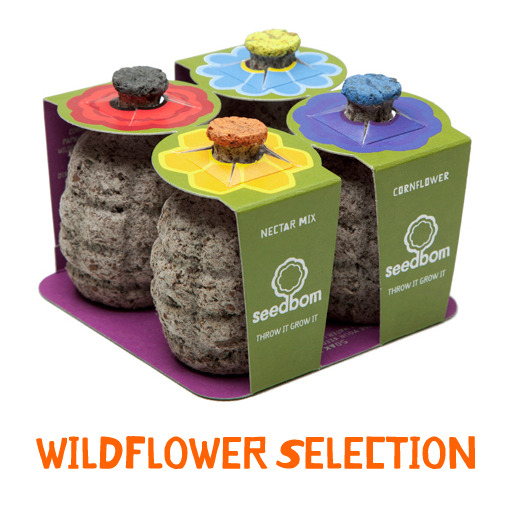
 YEAH!!![/caption]
YEAH!!![/caption]
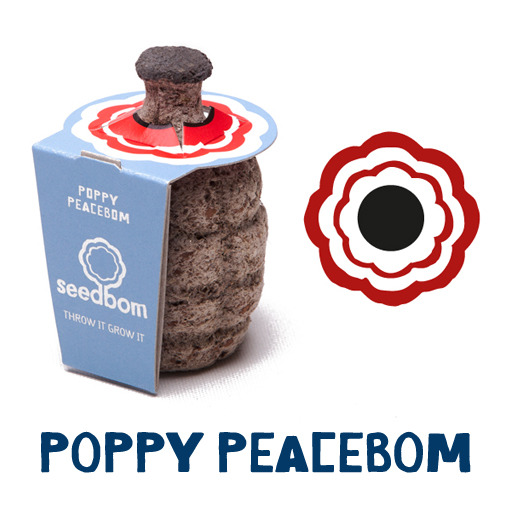
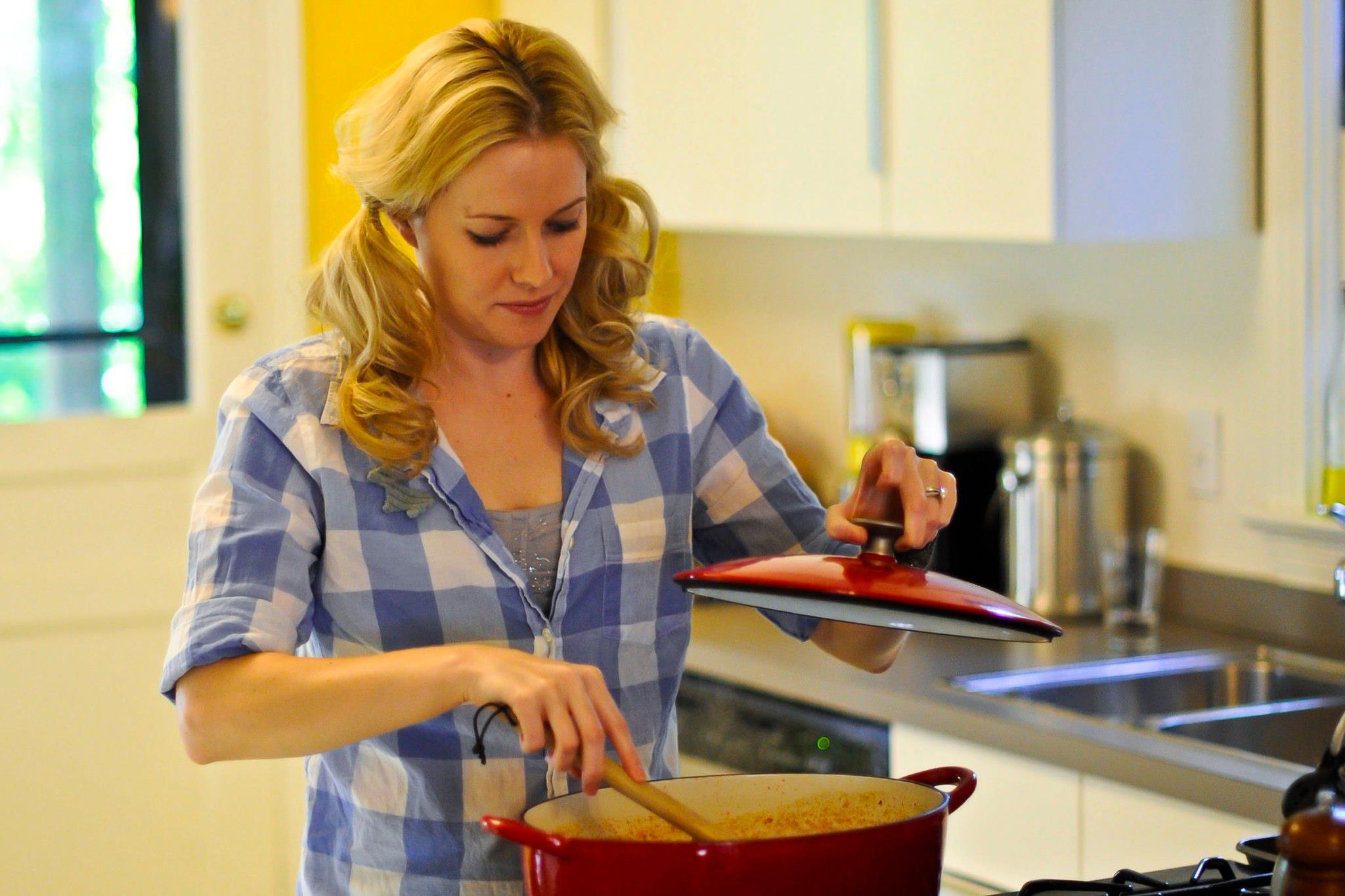






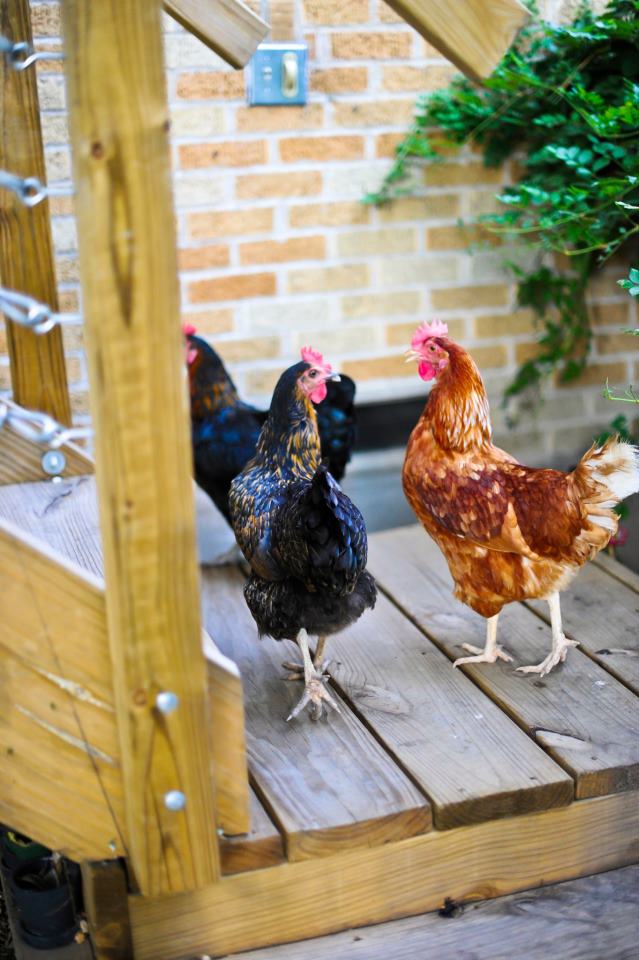



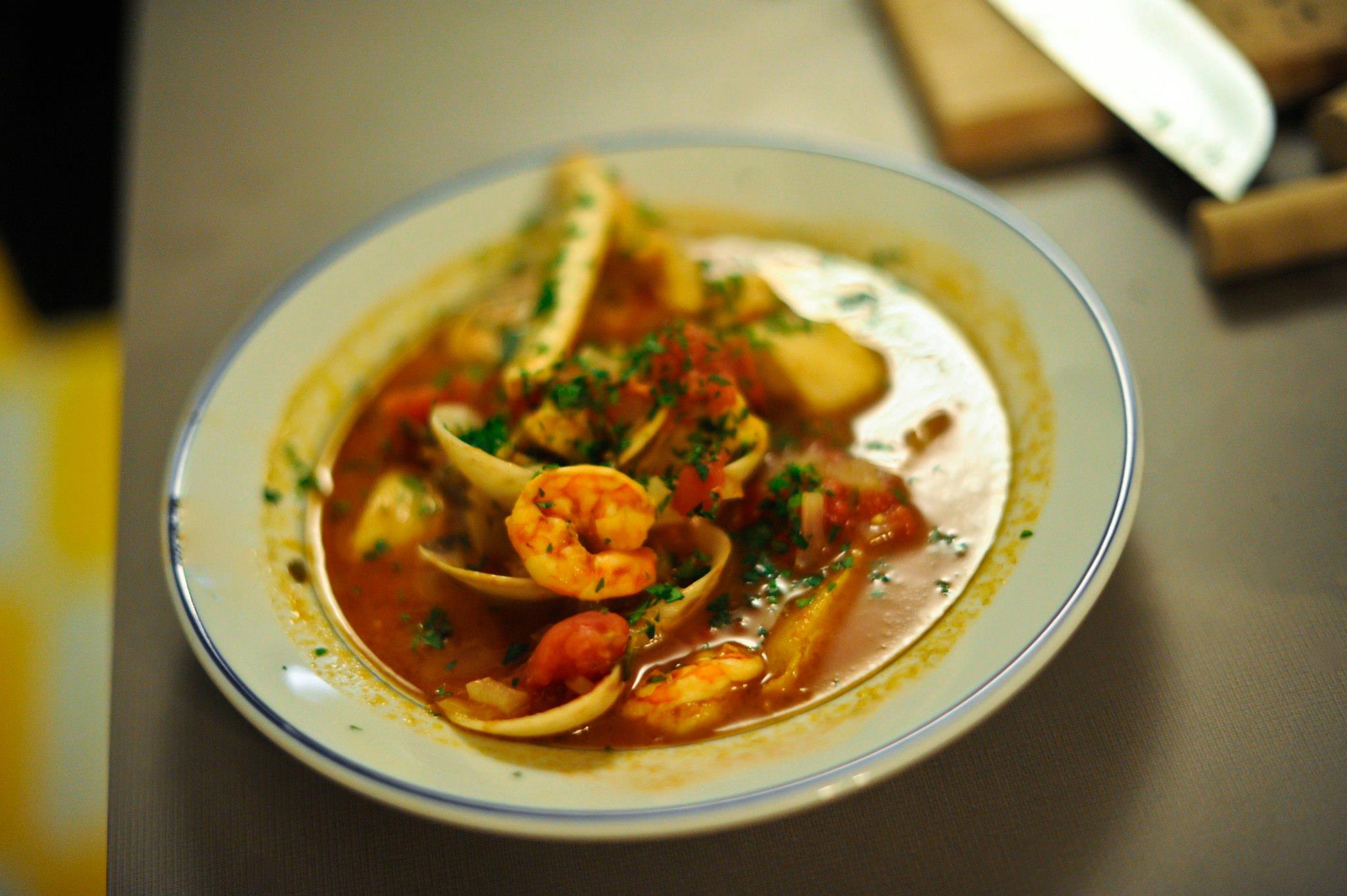
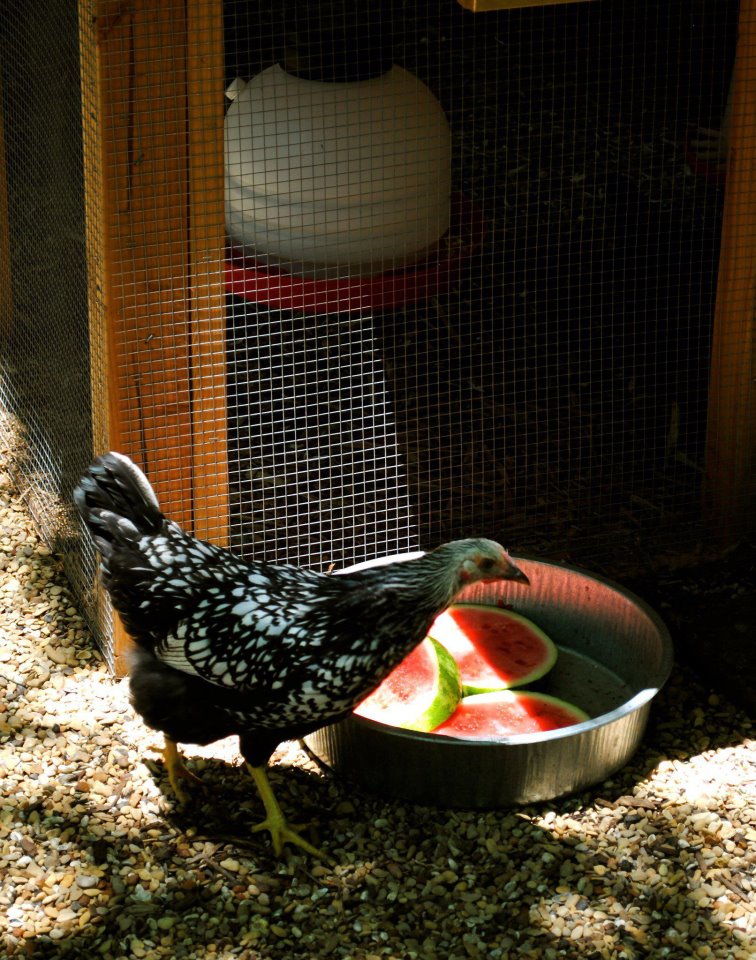
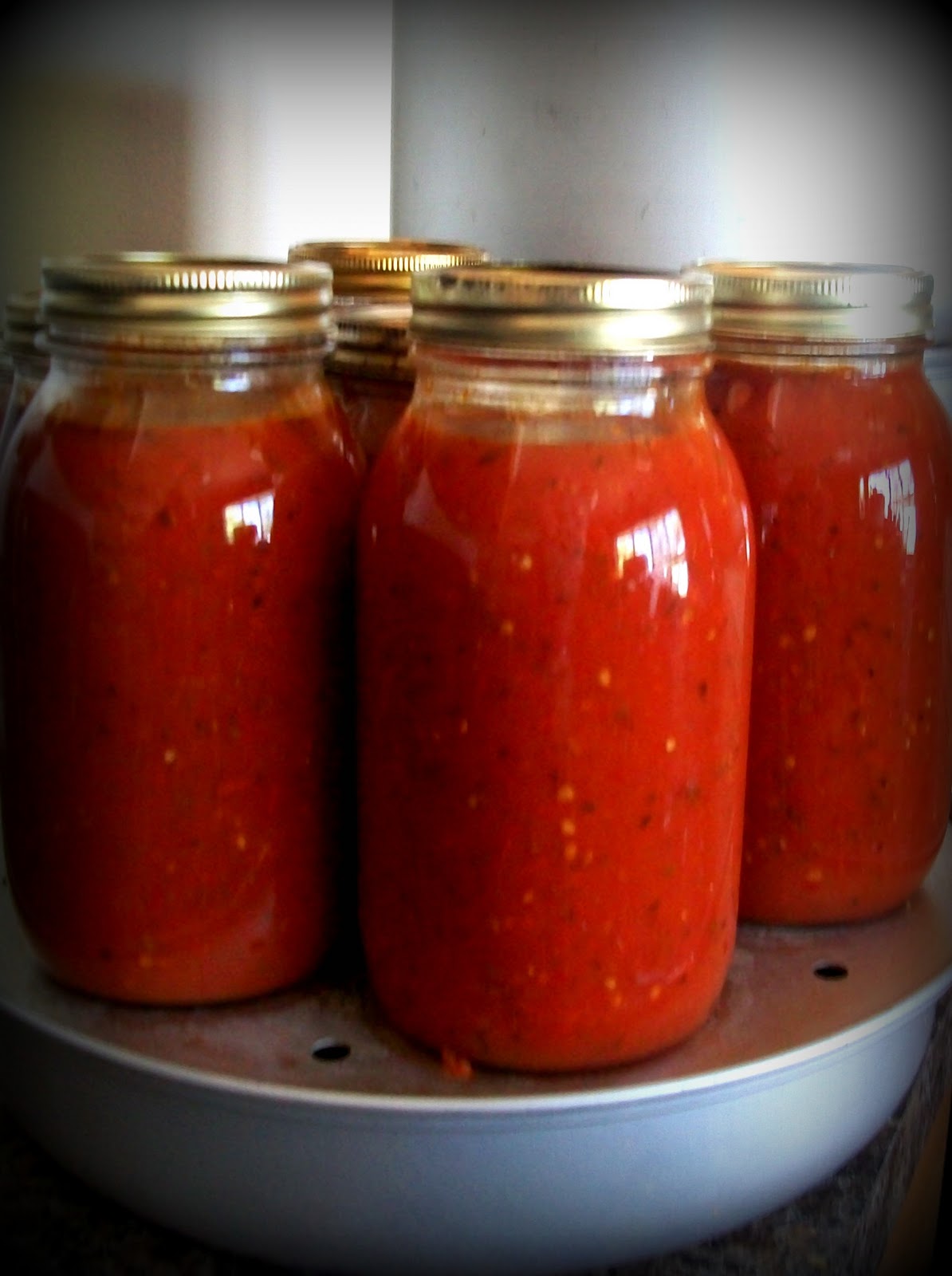

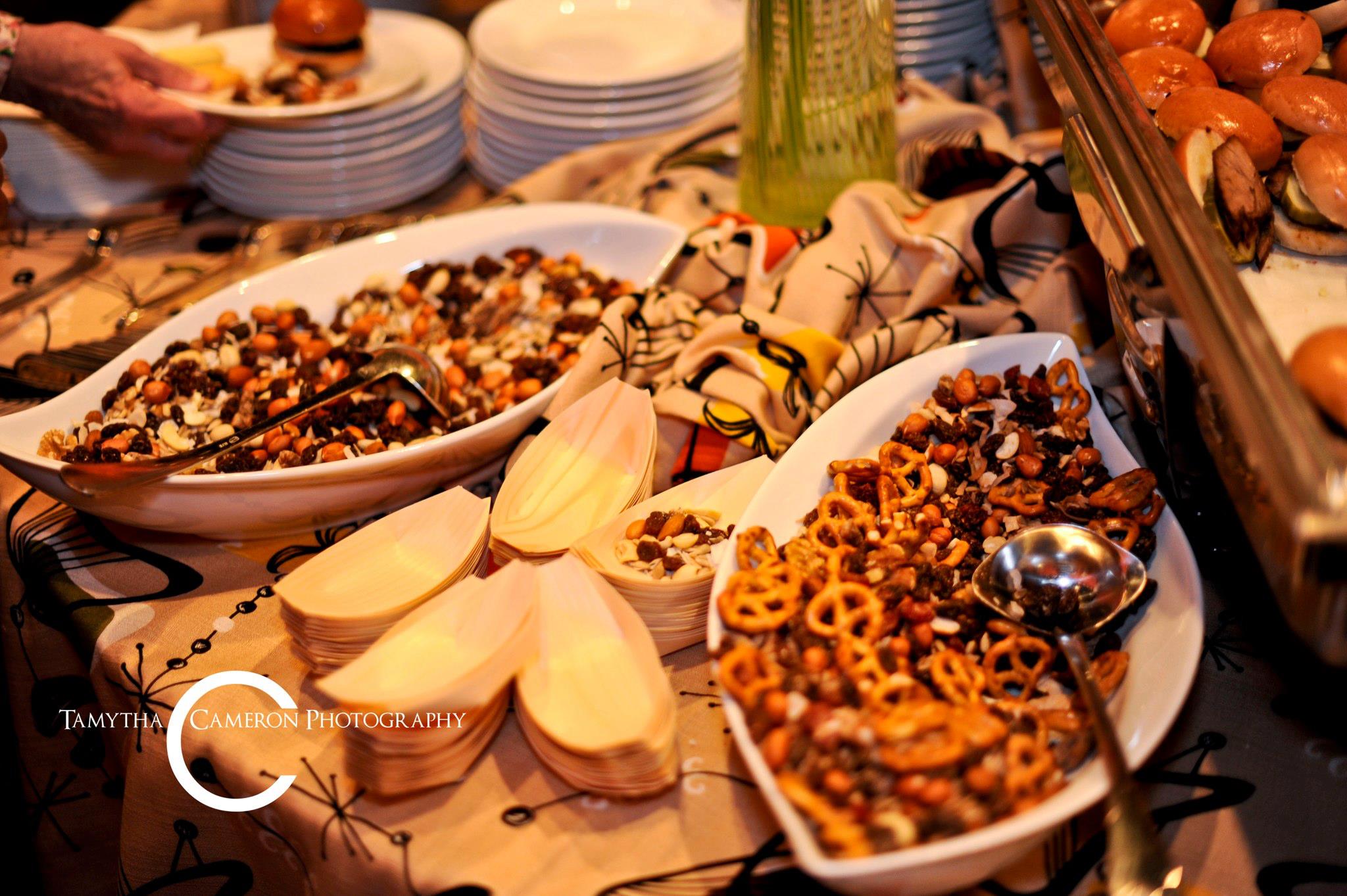






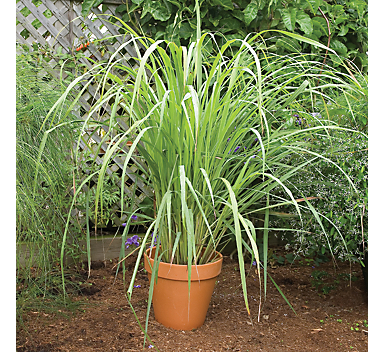 Citronella, or West Indian lemongrass[/caption]
Citronella, or West Indian lemongrass[/caption]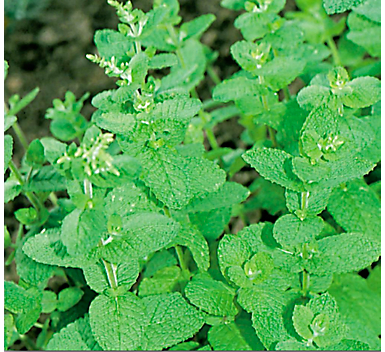 Catnip is said to be 10 times more effective than DEET in repelling mosquitoes.[/caption]
Catnip is said to be 10 times more effective than DEET in repelling mosquitoes.[/caption]